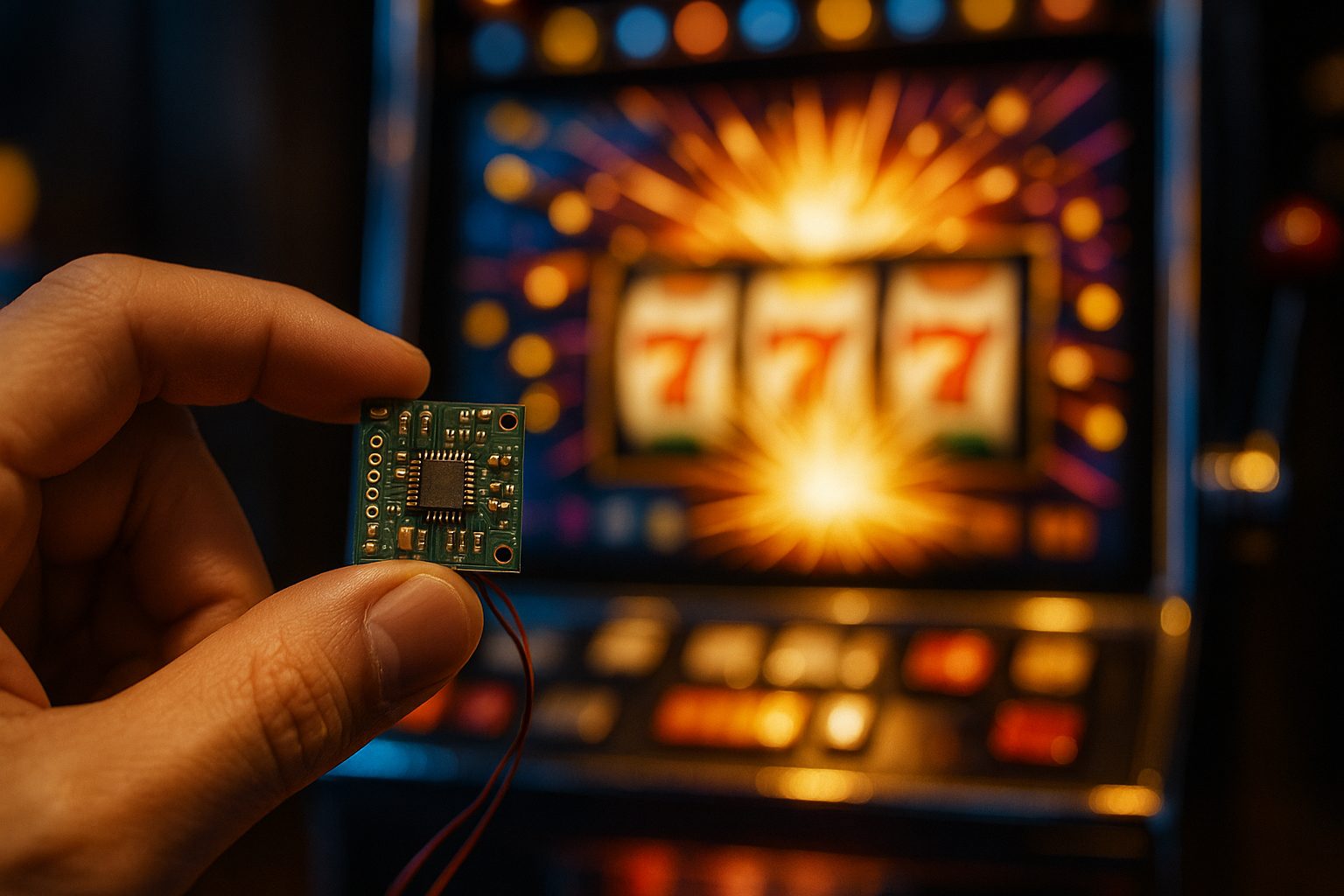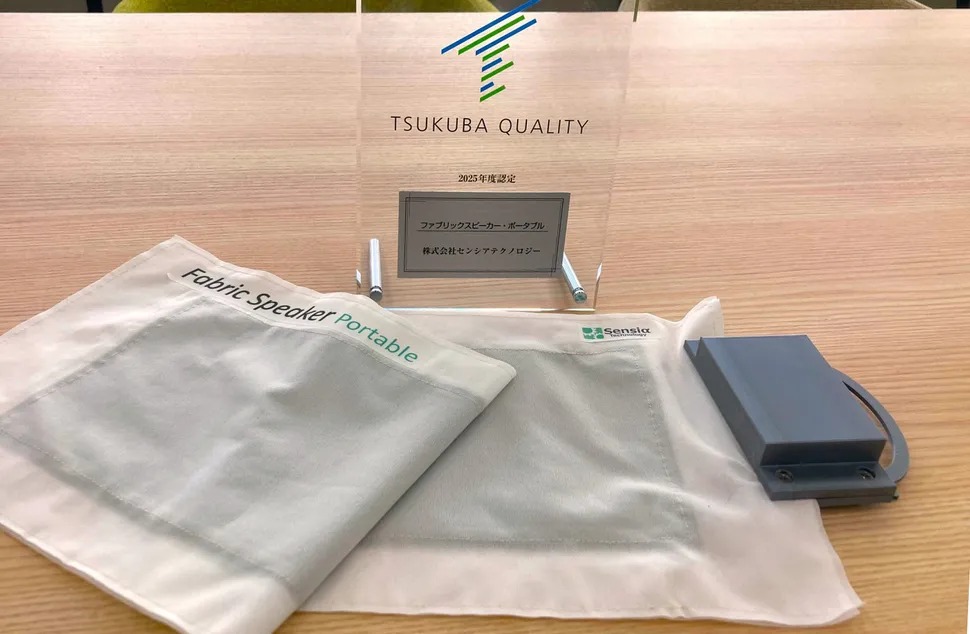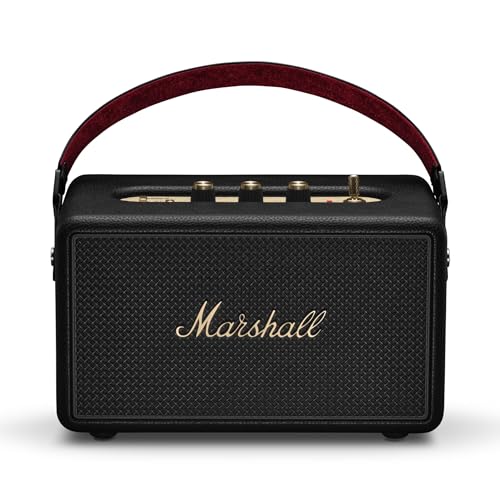Tech innovation doesn’t always come from Silicon Valley labs. Sometimes, the most ingenious breakthroughs emerge from people trying to outsmart the house with gadgets that would make James Bond jealous. Here are five of the most famous devices and techniques.
1. Light Wands & Optical Slot Machine Hacks
Tommy Glenn Carmichael ran a TV repair shop in Tulsa, Oklahoma. Business was fine until 1980, when a friend dropped by with a Bally slot machine and a “top-bottom joint” cheating device in his trunk. Something that online slot games don’t need to worry about. Carmichael took the machine apart, learned how it worked, and saw his future.
He shut down the shop, grabbed his wife, and headed to Las Vegas. His first attempt on a nickel machine near the Strip netted $35. Five years later, cops caught him with his top-bottom joint at a Denny’s restaurant.
Prison didn’t reform Carmichael. It made him better.
After his 1990 release, he built the “monkey paw” – a wedged metal device with piano wire that triggered slot machine microswitches. He regularly walked away with $1,000 an hour, joking it was “a credit card that won’t run out.”
When casinos upgraded to electronic sensors, Carmichael adapted. In 1992, he visited an International Game Technology showroom disguised as a customer. When he asked an engineer how the machines worked, the man opened one up. “The second he opened it up,” Carmichael said, “I knew how to beat it.”
The “light wand” comprised a camera battery and a miniature light bulb. When it shone into the machine, it blinded the optical sensor that counted coins being dispensed. The device cost $2.50 to build, but could rack up $10,000 a day. Carmichael didn’t just use it himself – he sold it to other fraudsters.
The crew was rumored to have brought in millions. They eventually hit almost every casino on the Las Vegas Strip, occasionally traveling to Atlantic City. Carmichael lived large with two houses, a motor home, and a Jaguar. He went on seven cruises in six months in 1995, earning thousands daily from shipboard slots.
In 1996, Tommy and his crew were at Circus Circus when security guards rushed in with handcuffs. New surveillance cameras could see past the blockers. He was convicted in 1998 and served 326 days. In a redemption arc, Tommy later invented “The Protector” – an anti-cheating device for slot machines. When any light shone inside the machine, it would shut down.
2. The Wearable Roulette Computer (1961)
Edward Thorp was already famous. The MIT mathematics professor had just cracked blackjack with card counting when he met Claude Shannon at a house party in 1956. Shannon asked if he was working on anything else in gambling.
Thorp confessed his other big secret: roulette.
Shannon was intrigued. The father of information theory invited Thorp to his Winchester, Massachusetts, basement workshop, which Thorp remembered as “a gadgeteer’s paradise” with hundreds of mechanical and electrical components. For eight months, working 20 hours a week, they built something revolutionary.
The device was cigarette-pack-sized with 12 transistors, worn strapped to the waist with foot-switches hidden in shoes to input data. Users received predicted outcomes through a hidden earpiece painted to match their skin and hair. One toe-switch booted up the computer, the other timed the wheel and ball. Once the wheel was timed, the computer transmitted a musical scale whose eight tones marked the rotor octants passing the reference mark, allowing players to predict which of the eight segments would hold the ball.
In lab trials, the system delivered a 44% edge over the house. But when Thorp and Shannon brought their wives to Las Vegas in August 1961 to test it, things went sideways. Thorp recalled: “Once a lady next to me looked over in horror. I left the table quickly and discovered the speaker peering from my ear canal like an alien insect.” The hair-thin steel wires kept breaking. They were terrified of getting caught in mob-controlled casinos.
They gave up that night. Shannon impressed upon Thorp the need for absolute secrecy, and in 1961, there were no laws prohibiting computers in casinos. Nevada didn’t ban such devices until 1985. The duo had invented the first wearable computer, but were too nervous to really use it.
3. Infrared Contact Lenses for Marked Cards
Stefano Ampollini, 56, called himself “a cheat of international renown.” In August 2011, he walked into the Les Princes casino in Cannes armed with $2,000 infrared contact lenses purchased online from China and some invisible ink.
The scheme required teamwork. Standing across from him at the stud poker table was a secret accomplice who sniffed, snorted, or sneezed at opportune moments to signal Ampollini which cards to mark with invisible ink. Two corrupt casino employees had also been recruited.
Through his contacts, Ampollini could see markings invisible to everyone else. The presiding judge later called it “the first of its kind in Europe” and “a combination of old techniques and high-end technology.”
On the first night, Ampollini and his partner walked away with €70,000. When the Italian returned alone two months later, he won €21,000.
But greed exposed him. He piqued casino security’s interest after winning more than $95,000 and folding two good hands. Why would someone fold with excellent cards? Because he could see the croupier’s hand and knew he’d lose anyway. A casino lawyer became suspicious after Ampollini folded with an unbelievably good hand, suggesting he knew the dealer’s cards.
He was arrested as he left the casino. A French court sentenced Ampollini to two years in prison and a €100,000 fine. His main accomplice received a 36-month sentence.
4. Blackjack Holdout Devices & Remote Triggers
Young Su Gy, 60, and Wookyung Kim, 34, were South Korean nationals working for the Jeolla-do Mafia Syndicate. In November 2010, they walked into Foxwoods Casino in Connecticut with a mechanical holdout device attached to Gy’s left forearm.
The device could store five to seven cards and, when activated, shoot a single card directly into the player’s palm. Kim’s job was a distraction. As Gy examined his cards at high-limit blackjack, baccarat, or poker, Kim caused diversions ranging from screaming after an accidental cigarette burn to slipping and falling off his stool.
The discipline impressed investigators. The device was never used more than 10 times per day and never twice with the same dealer, so the scam went unnoticed until October 2011.
On October 22, cheating was discovered after a random audit of security video recordings by Foxwoods Office of the Inspector General. State police raided their hotel room in November, finding two additional Korean nationals. All four had matching mafia tattoos identified by the South Korean organized crime task force as belonging to the powerful Jeolla-do Korean Mafia Syndicate.
The pair pleaded guilty to conspiracy to commit wire fraud and theft. Gy was sentenced to 18 months in prison; Kim got 12 months. They were ordered to pay $870,505 in restitution. Federal authorities believed the four were just two units out of dozens within the Jeolla-do Mafia perpetrating this hit-and-run hustle at casinos throughout the world.
5. Slot Machine Software & Random Number Exploits
Dennis Nikrasch was born Dennis McAndrew in 1941. A career locksmith in Chicago with mob connections, he realized locks weren’t the only thing he could pick.
In the 1970s, Nikrasch dealt with mechanical slot machines. Between 1976 and 1979, he obtained $10 million by rigging machines. He was caught in 1986 and sentenced to five years.
Most criminals would quit. Nikrasch just waited for better technology.
What baffled Control Board agents was that after he manipulated a machine, there was no trace of it having been changed. He figured out how to re-engineer new computer code into a slot machine to produce a winning spin.
Dennis was meticulous. His team included “blockers” who stood in the way of surveillance cameras while he broke into machines. That was tricky because alarms go off seconds after unauthorized opening. Beginning in 1996, Nikrasch could enter slot machines and use a computer-generated device that allowed him to beat machines in just minutes.
He manually shut down a machine, replaced its computer chip with his own, then left. Another team member would play the machine and win the jackpot. Nikrasch always left before the jackpot hit to avoid connections being made.
His biggest score came on a Wheel of Fortune machine: $3.7 million. But team members weren’t happy. Dennis kept 50 to 70 percent of the winnings, leaving the remainder split among everyone else.
The crew hit six major Las Vegas casinos 10 times between September 1996 and November 1997. Nikrasch was trying to hit a $17 million Megabucks jackpot and move to France when FBI agents raided his house in June 1998. They found two slot machines he’d been studying, a list of target casinos, and various microchips and tools hidden around the house.
Over 22 years, Dennis Nikrasch stole $16 million from Las Vegas casinos. “He had the most sophisticated system we’ve ever seen,” said Keith Copher, chief of enforcement for the Nevada Gaming Control Board.





























